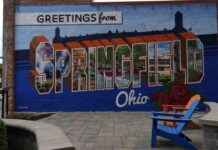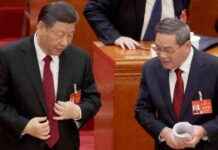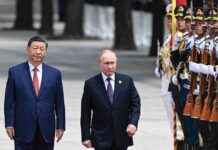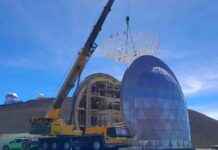Alaska’s Climate Crisis: Impact and Forecast for the Next Four Years
“I’m just waiting to start hearing methane explosions like they do in Russia,” says Bethel, Alaska, City Council Member Mark Springer. Until recently he and his wife would pick summer berries on a trail through the tundra outside their river town in southwest Alaska, but now that part of the tundra is too dangerous to traverse since water-filled sinkholes have formed with surface slicks of volatile methane.
Alaska’s Warming Crisis
Because of a complex mechanism known as “Arctic amplification,” Alaska is warming two to three times faster than the world as a whole, and the 85% of the state that is permafrost is degrading, threatening to release vast amounts of carbon dioxide and methane, a greenhouse gas that traps 28 times more heat than CO2. A 2023 NASA aerial spectrometer study found some 2 million “hot spots,” often associated with areas scorched by wildfire, emitting more than 3,000 parts per million of methane between the ground and the aircraft — 420 parts per million of carbon dioxide in the atmosphere is what’s presently overheating the planet.
Trump Administration’s Impact
On Nov. 8, just three days after the election, Donald Trump put out a short social media video in which he bragged that during his first term, he “opened ANWR [the Arctic National Wildlife Refuge] for energy development, worked on reopening Tongass National Forest as a multiphased working forest. … We will assure the [state-sponsored] gas line project gets built. … We will maximize Alaska’s mining potential.”
Renewed Resource Extraction
Look for the Trump administration to reverse oil and gas leasing bans and limits put in place by President Biden in ANWR and the North Slope’s National Petroleum Reserve. Expect ConocoPhillips’ Willow Project oil lease in the reserve, approved last year at 400,000 acres, to balloon to 800,000. Also on tap, new oil and gas exploration, including on 1.6 million acres near the Yukon Flats National Wildlife Refuge.
Environmental Impact
As for the pipeline Trump promises, it’s a decades-old attempt to build an 800-mile long, $44-billion natural gas link from Prudhoe Bay to an export terminal on the Kenai Peninsula. Trump’s support can be expected for renewed clear-cutting in the 17-million-acre Tongass forest, building a 211-mile industrial-use-only road through the pristine Brooks Range, and permitting an open-pit gold mine near the headwaters of the salmon-rich Kuskokwim River.
Personal Story: Impact on Alaskan Youth
“Right now it should be snowing here in Anchorage,” said Ch’eelil Peter, 17, who is Gwich’in and Diné and lives in Arctic Village south of ANWR. “There’s been no fish in the Yukon [River] for years. We used to go there for fish camp in July with the whole family and we’d camp and get fish and process it [for the winter].” Her peers are determined to fight for change, with one wondering about the motivations of those opposing their future.
Conclusion
Alaska is both the most climate-vulnerable state in the nation and a virtual climate bomb. The Biden administration’s moderate moves on energy in the state have not been enough to satisfy all, and with Trump’s energy policy of “drill, baby, drill,” there is concern that the climate crisis could escalate further.
David Helvarg, executive director of Blue Frontier, emphasizes the urgency of addressing the climate crisis in Alaska to prevent further environmental degradation.



























